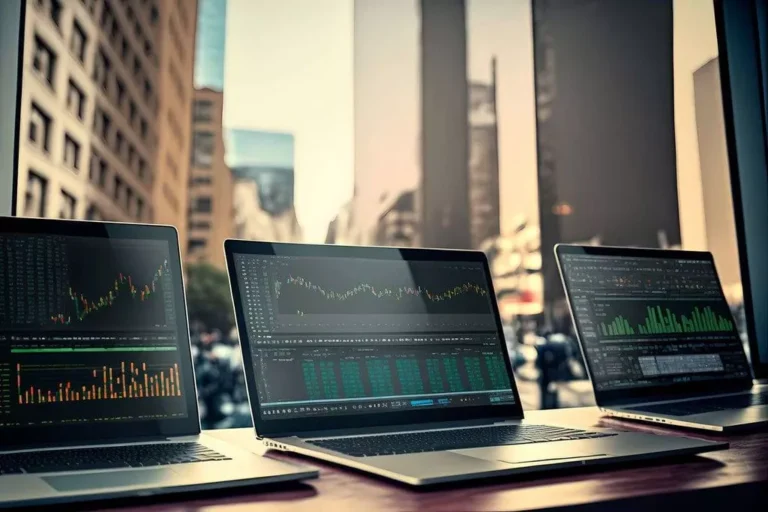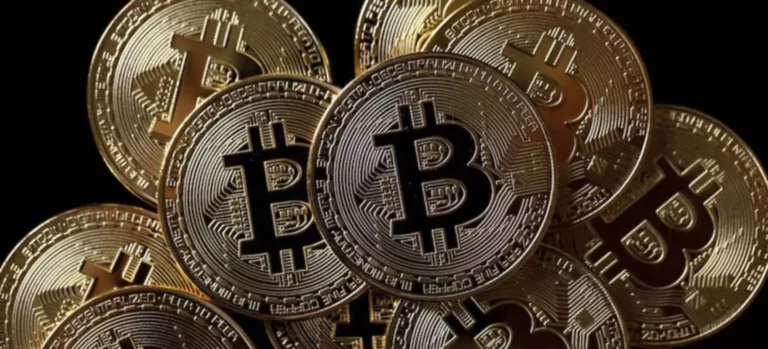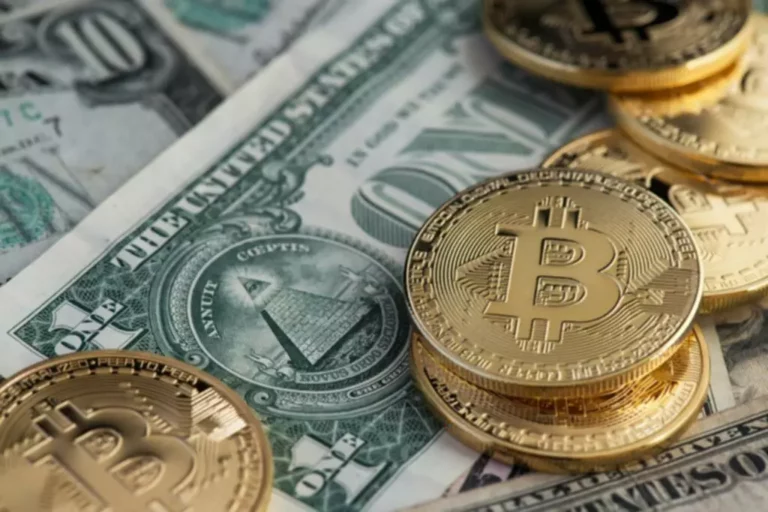Content
A Prime Brokerage mismatch between spot and futures prices can indicate a contango or backwardation scenario, providing insight into whether traders are expecting costs or supply changes in the near term. Instead, you’re entering into a contract to exchange the asset at a predetermined future price or profiting from the price movements without actually holding the asset. Newcomers typically find them in no man’s land when they enter the fast-paced world of crypto trading.

Crypto Trading: Spot vs Derivatives!
Spot trading offers simplicity and direct ownership, making it ideal for long-term investors and beginners. Successful trading in either form requires an understanding of market dynamics, disciplined risk management, and continuous learning. Spot trading involves directly buying or selling cryptocurrencies like Bitcoin, Ethereum, https://www.xcritical.com/ or other altcoins at their current market prices on a trading platform.
How Are Spot Exchange Rates Determined?

In general, crypto derivatives trading is unsuitable for individuals unwilling to risk losing their investment. Traders need to understand that the crypto market is highly volatile, and there is a potential for significant losses. Options derivatives are financial contracts that allow a trader to buy or sell an underlying asset at a stipulated price and date. But it’s worth noting that whenever crypto derivative trading a buy or sell order is made, the counterparty must respond immediately.
What is Spot Trading in Crypto?
With a background in higher education and a personal interest in crypto investing, she specializes in breaking down complex concepts into easy-to-understand information for new crypto investors. Tamta’s writing is both professional and relatable, ensuring her readers gain valuable insight and knowledge. Factors like interest rates, economic data, geopolitical events, and liquidity can influence them. One key link between the two is that forward rates are derived from spot pricing, adjusted by factors like interest rate differentials between two currencies or the cost of carrying a commodity.

ZachXBT: Suspected insiders made $3.8 million in profits on RTR
- Depending on the license they acquire, they can get a higher class of liquidity providers.
- The primary distinction between spot and derivatives trading lies in the ownership of the asset.
- This involves setting stop-losses and having other plans to manage your position if it moves against you.
- This means that users can take ownership of the cryptocurrency asset and hold it for as long as they want, or sell it at any time.
Whether a user prefers to trade futures contracts or to hold actual cryptocurrencies, LBank provides a range of trading options to suit their needs. Derivatives trading is suitable for more experienced traders who understand complex trading strategies and are comfortable with high-risk, high-reward setups. It’s also ideal for those looking to leverage small amounts of capital to gain significant exposure. If you’re buying, you pay the current market price using traditional currency or another crypto. If you’re selling, you receive money or another crypto in exchange for the cryptocurrency you sell. Understanding the distinctions between spot and derivatives trading is imperative for anyone looking to find success in the changing and often turbulent arena of cryptocurrency trading.
Everything that I provide here site is purely for guidance, informational and educational purposes. All information contained in my post should be independently verified and confirmed. I can’t be found accountable for any loss or damage whatsoever caused in reliance upon such information. Bitmex is a reliable platform in the crypto industry with relatively low trading fees and is best suited for crypto veterans and institutional investors.
Crypto derivatives are financial instruments that entail buying and selling an asset without actually owning it. In the crypto context, a trader can buy Bitcoin and resell it at a higher price for financial gain without actually storing any BTC in their wallet. Whether you are a business owner or an investor, spot and derivatives markets are two of the main trading instruments you must consider. Sudden price movements often signal shifts in supply, demand, or broader economic conditions. For instance, a rapid rise in the spot price of oil might indicate geopolitical tensions affecting supply chains, which could have knock-on effects across energy-related sectors. Traders monitoring these shifts can identify potential opportunities to capitalise on short-term volatility or avoid unnecessary exposure.
Derivatives trading allows traders to speculate on the price movements of cryptocurrencies without actually owning them. That can be useful for those who want to profit from price changes without the hassle of managing actual crypto assets. However, derivatives trading can also be more complex and carries a higher degree of risk than spot trading, as traders may be exposed to leverage and margin calls, among other factors.
Unlike spot trading, derivatives can be used to hedge against risks, speculate on future price movements, or gain access to otherwise inaccessible markets. The choice between spot and derivative trading depends on your investment goals, risk tolerance, and level of expertise. Spot trading offers simplicity and direct exposure to financial assets, making it suitable for straightforward buy-and-hold strategies. Derivative trading, on the other hand, provides tools for risk management, speculation, and access to a broader range of markets, albeit at the cost of increased complexity and risk. Selecting between spot and derivatives trading depends on various factors, including your investment goals, risk tolerance, and market experience. For new investors or those looking for a more straightforward and lower-risk approach, spot trading may be the better choice.
Investing in derivatives is usually for two primary purposes; hedging and Speculating. However, there are other uses, like leveraging through margin trading or arbitrage. As a financial investor/trader, futures and options trading are the types of derivatives that you’ll most likely get accustomed to. The global financial market is filled with numerous opportunities both individuals and organizations can leverage as far as they possess the right skill set. When it comes to cryptocurrencies, spot trading is the most basic type of investment you can make. This essentially entails purchasing a crypto such as Bitcoin and holding it until the value increases or using it to buy other altcoins that you believe may rise in value.
Futures contracts are financial instruments where two parties enter a contractual agreement to buy and sell a specific asset at a predetermined price at a later point in the future. Traders often rely on them in short-term positions, while businesses might use them for immediate currency exchanges or raw material purchases. They’re also used as reference points when evaluating forward contracts and derivatives.
Investors are highly motivated to own and trade Bitcoin, especially with the latest SEC approval to trade BTC spot ETFs. Crypto brokers are increasingly adding spot trading to their offerings, expanding their businesses and accommodating recent market trends. Tamta is a content writer based in Georgia with five years of experience covering global financial and crypto markets for news outlets, blockchain companies, and crypto businesses.
This software involves a matching engine that fulfils orders according to predetermined conditions. Spot trading system scans the order book to find the best price buying price for those who want to buy BTC, ETH and other coins. At the same time, the software matches sellers by finding the best bid for the price of the assets they are willing to sell.
Moreover, this way is easier for beginners who want to make money from crypto capitalisation without dealing with the technicalities pertaining to decentralised wallets and exchanges. Using crypto spot exchanges, users can store their assets using a dedicated decentralised wallet assigned to them while creating their accounts. Spot rates are effectively snapshots of reality, reflecting the current balance of supply and demand. For traders, they provide a critical context for decision-making and deeper insights. Spot markets are where assets are traded for immediate settlement, offering real-time pricing and instant transactions.
